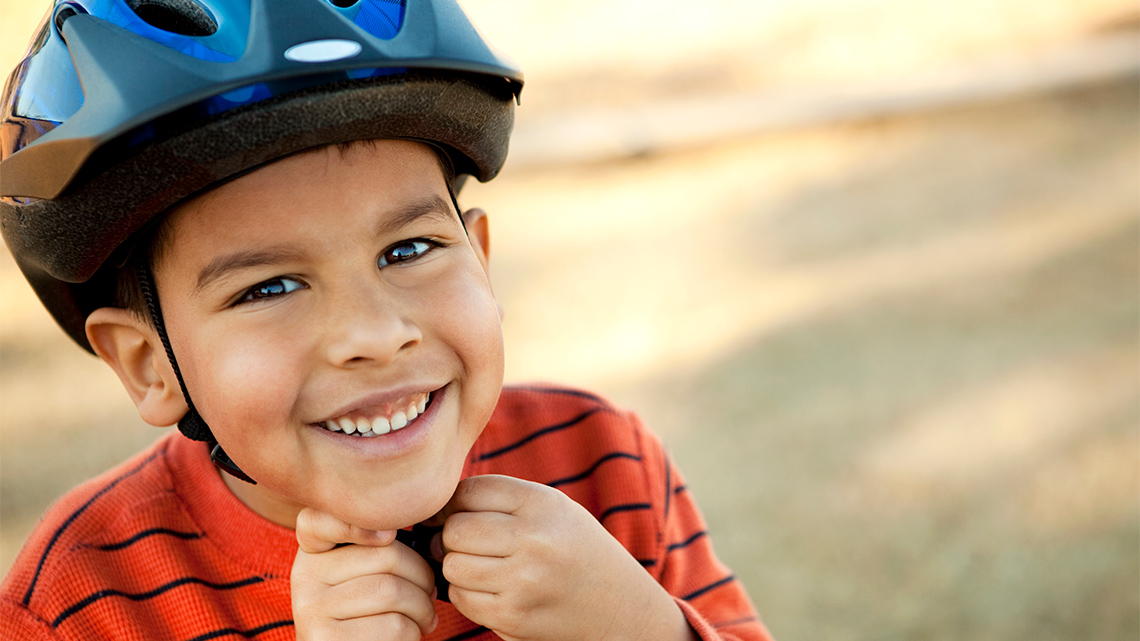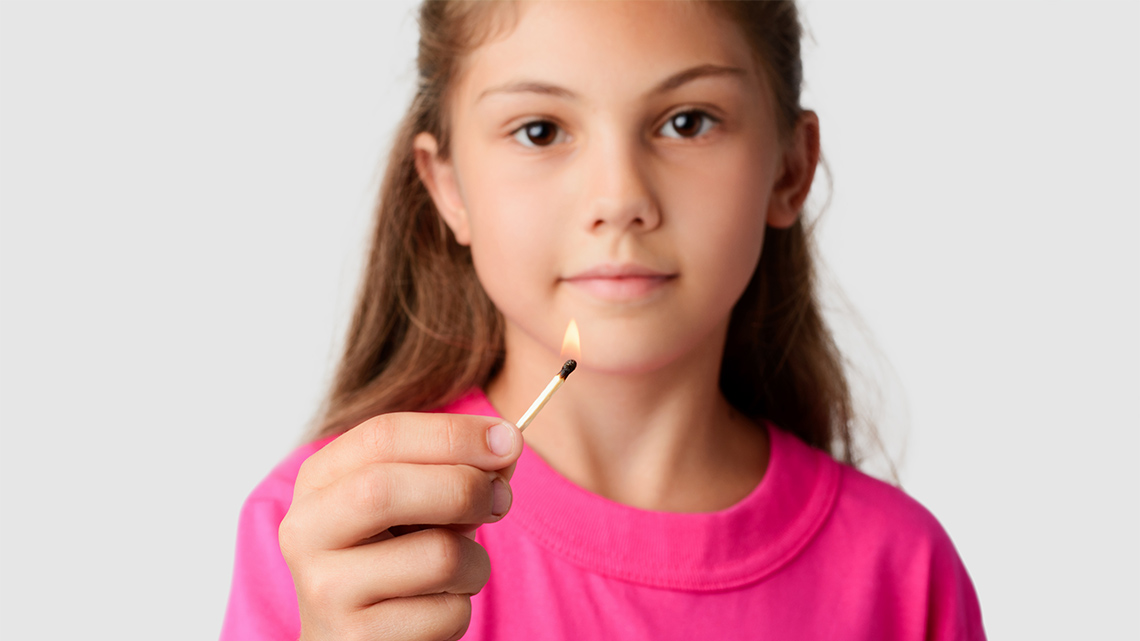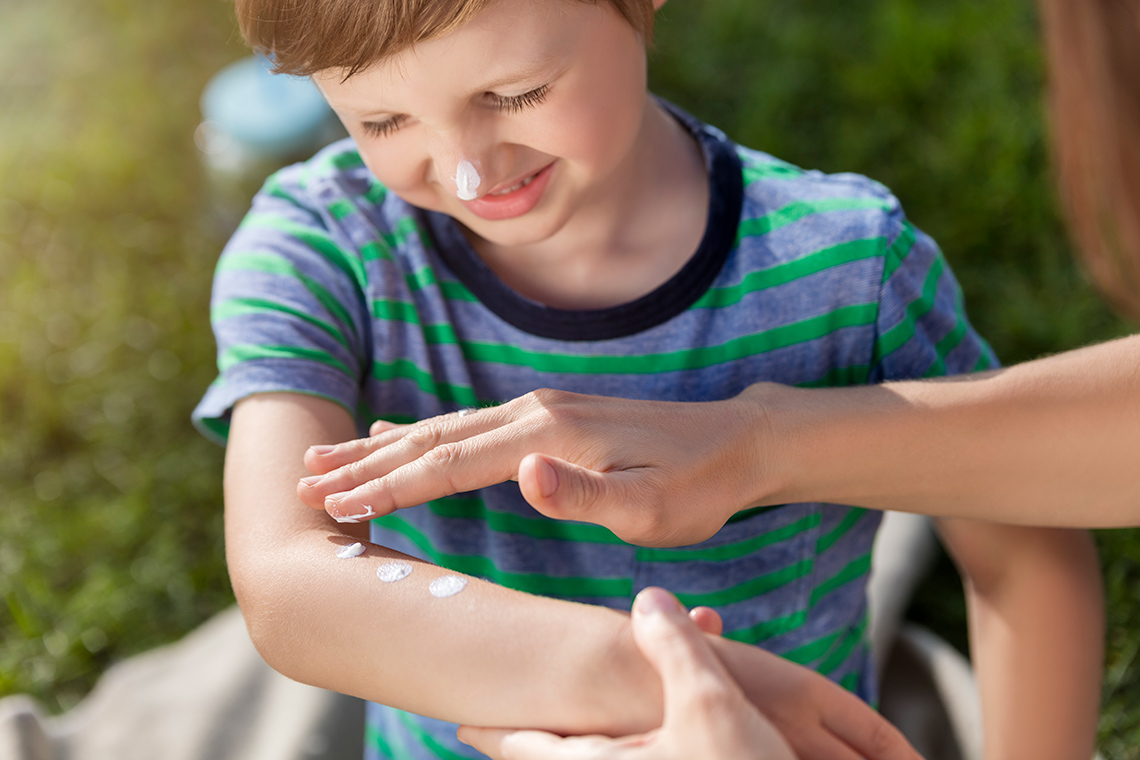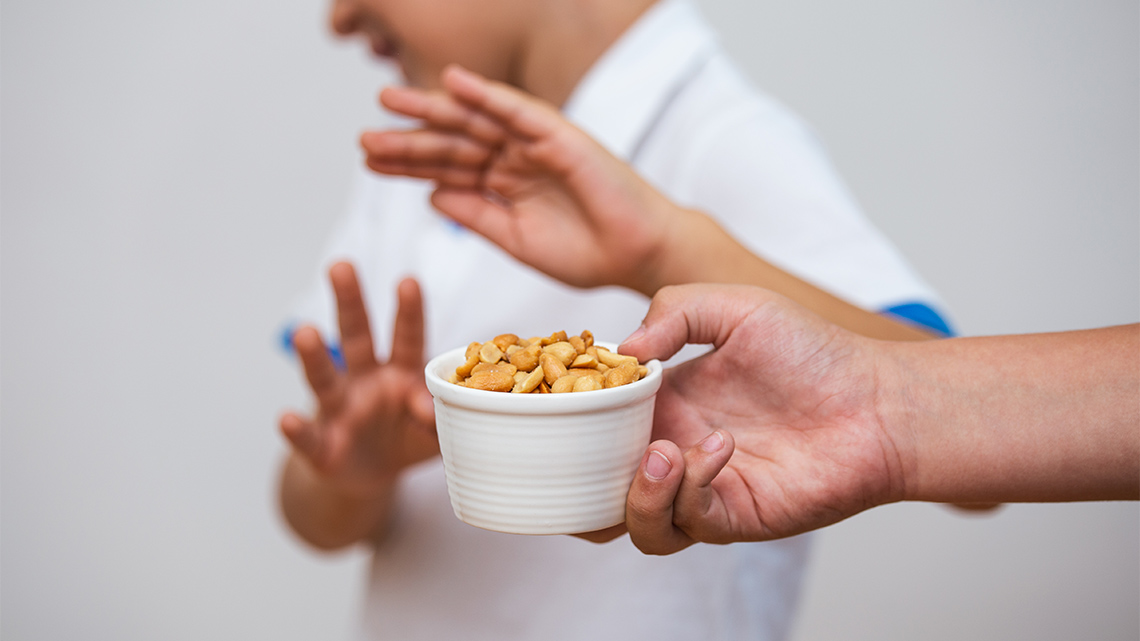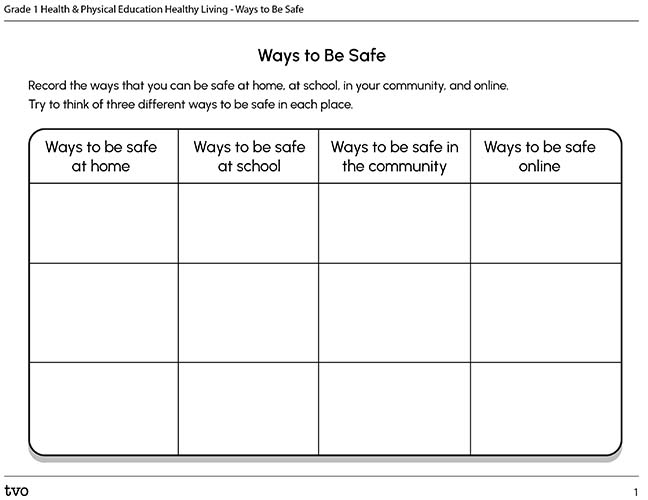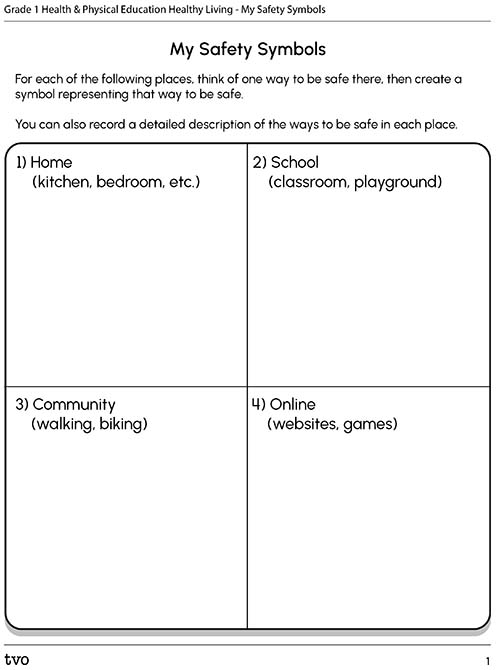Minds On
Being safe
It is important for everyone to be safe.
Press ‘What does safe mean?’ to explore a definition of the word safe.
Safe means that you are protected from harm and danger.
There are many different ways that we can be safe at home, at school, and in our communities.
Brainstorm
How can we be safe?
1. What are some things that you can do to be safe?
2. Who else helps to keep you safe at home, at school, and in your community?
If possible, share your ideas with a partner. You can also record your ideas on paper, on a computer, or as an audio or video clip.
When you are finished with your Brainstorm, press ‘Answers’ to explore possible answers.
- You can be safe by looking for possible dangers, thinking ahead, and being prepared.
- Family, friends, guardians, and other caring people can help keep us safe.
Safe and unsafe behaviours
Our actions can change how safe we are. Some behaviours keep us safe, while some behaviours make us unsafe.
Explore the following carousel of images and descriptions of safe and unsafe behaviours.
Safe or unsafe?
Let’s think about which behaviours from the previous carousel are safe and which are unsafe.
For each behaviour, select if it is safe or unsafe.
For each behaviour, select if it is safe or unsafe.
Action
Being safe in different places
Think about the following questions and discuss them with a partner, if possible:
- What are some things you do to be safe and avoid injury at home and in your community?
- What are some ways to make the classroom a safe place for everyone?
- What can you do to be safe when using a computer online?
Complete the Ways to Be Safe table in your notebook or using the following fillable and printable document. If you would like, you can use speech-to-text or audio recording tools to record your thoughts.
When you are finished with your Ways to Be Safe table, press the following tabs to access examples of ways to be safe in different places.
Everyone deserves to be safe at home.
Some ways to stay safe include:
- only answer the door if there is an adult in the room with you
- stay away from dangerous items and devices such as matches, knives, and ovens

Everyone deserves to be safe at school. Some ways to be safe include:
- follow the classroom rules that your teacher sets
- ask what foods you can eat at school because some people may have allergies or other sensitivities


Everyone deserves to be safe in the community. Some ways to stay safe include:
- Walk on sidewalks, follow traffic signs, and look both ways before crossing the street.
- Always wear protective equipment like a helmet and pads when riding a bike or scooter.

Everyone deserves to be safe online. Some ways to stay safe include:
- Always check in with a parent or guardian before you use the internet so that they know where you are playing online.
- When you feel uncomfortable or unsure online, stop and close the website or game.

Consolidation
Symbols
A symbol is something that represents an idea, an object, or a rule.
Stop signs, arrows, and flags are all examples of symbols you may be familiar with.

Creating safety symbols
We are now going to create our own symbols that represent ways to be safe at home, at school, in the community, and online.
Complete the My Safety Symbols activity in your notebook or using the following fillable and printable document. If you would like, you can use speech-to-text or audio recording tools to record your thoughts.
If you need help thinking of ways to be safe, review your Ways to Be Safe table from our Action activity.
If possible, share your symbols with someone and explain to them what your symbols mean.
Reflection
How do you feel about what you have learned in this activity? Which of the next four sentences best matches how you are feeling about your learning? Press the button that is beside this sentence.
I feel…
Now, record your ideas about your feelings using a voice recorder, speech-to-text, or writing tool.
